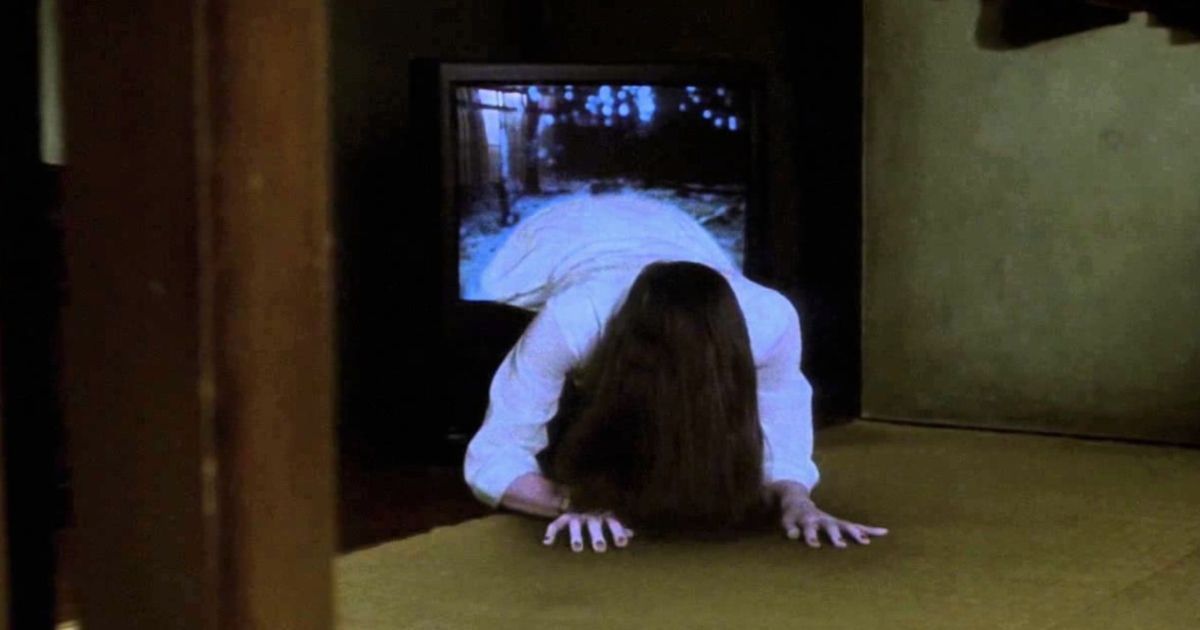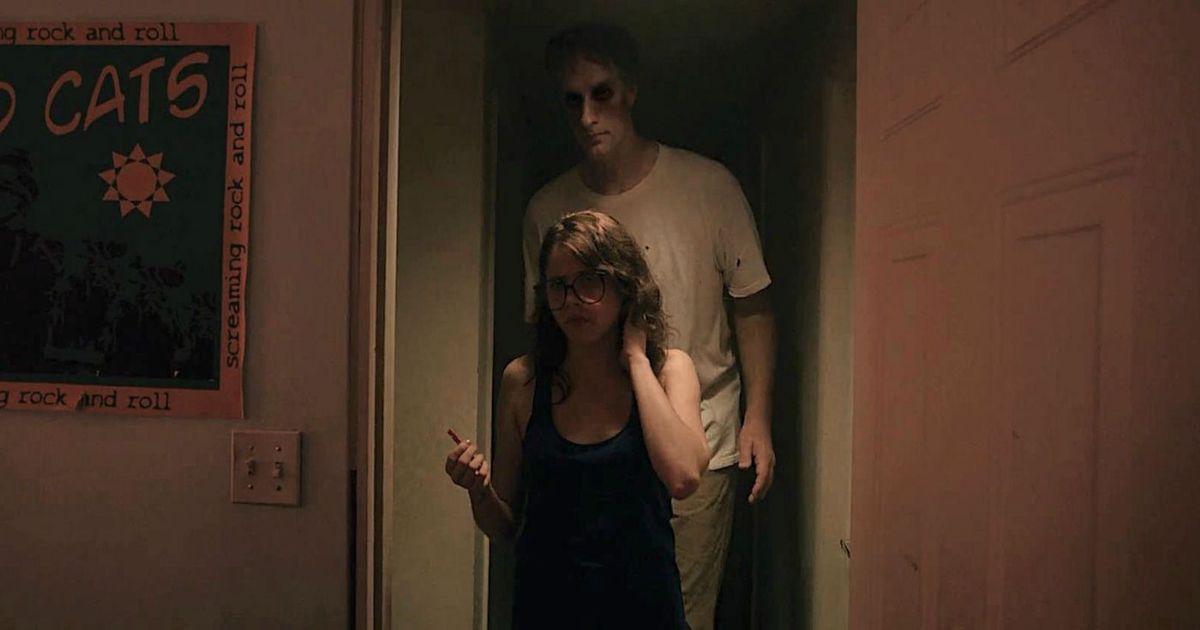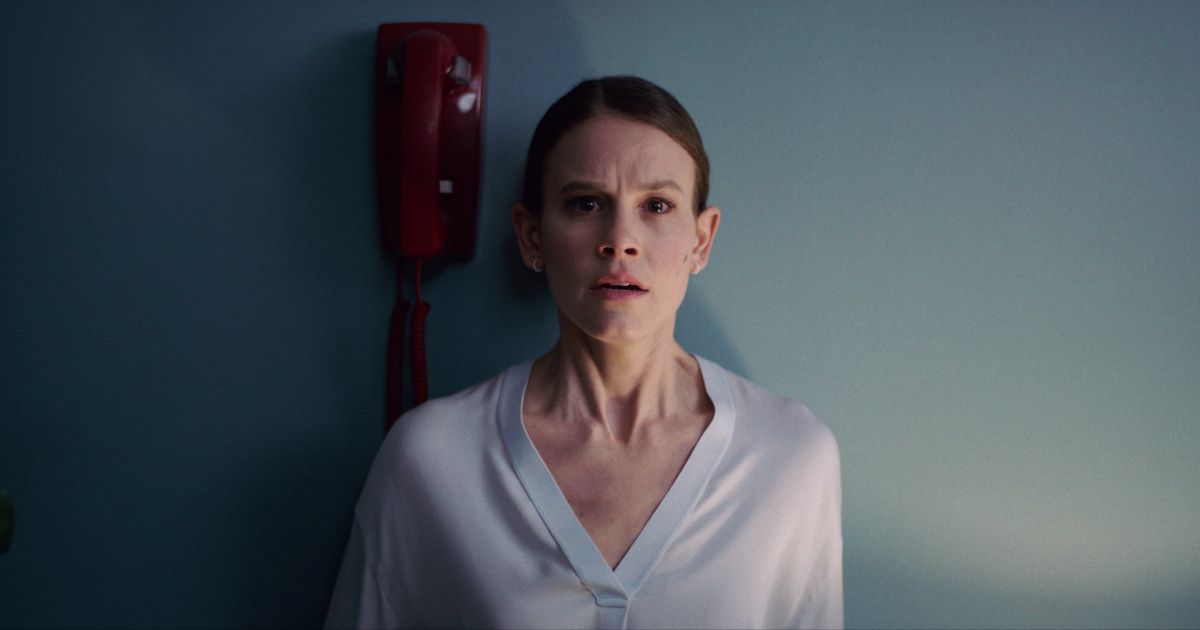Not only has 2022 been a great year for movies, but it's also been an excellent year for horror movies. The list of horror movies from this year alone is impressive: Halloween Ends, Hellraiser, Barbarian, Smile, Hocus Pocus 2, The Munsters, Terrifier 2, Werewolf by Night, Nope, X, Pearl, Prey, The Black Phone, Crimes of the Future, the Scream reboot, Alex Garland's Men, Phil Tippett's Mad God, Taiwan's The Sadness, and many more.
One of the most financially successful of these has been Smile. It grossed $22.6 million in its first weekend alone, making it the biggest debut in September, outperforming the historical epic The Woman King and the star-studded Oscar bait film Amsterdam. In its second weekend, it saw only an 18% drop in sales, which is not only highly unusual but is the second smallest second-weekend drop in the entire history of horror films — only beaten by Get Out's 15% drop. Even more impressive, this is the smallest second-weekend drop of any non-holiday release in the entire pandemic era.
Smile has a great box office performance and a pretty good critical one as well: It currently holds a 78% critical score and audience score on Rotten Tomatoes. Something that many critics have observed is a similarity to The Ring and to It Follows. But what is the similarity, and how well does the movie pull it off?
Similarities Between Smile and The Ring
The overall plot of Smile is taken almost whole cloth from the 1998 Japanese horror film The Ring. In The Ring, female journalist Reiko is investigating the mysterious death of her niece. Along the way, she learns of an urban legend going around the local high school. Supposedly, anyone who watches a disturbing videotape winds up dead seven days later. It turns out that the story is true, and Reiko gets afflicted with the videotape curse as well. She enlists the aid of her ex-husband, university professor Ryūji, to solve the mystery and try to end the curse.
Similarly, in Smile, Rose is a female psychiatrist at a psychiatric ward; a patient comes in claiming that she is cursed and is being followed by an evil being. She starts screaming hysterically, then suddenly becomes silent, smiles, and commits suicide in front of Rose. By doing so, she has passed the curse onto Rose, who now has only between 4 and 7 days to live. She enlists the help of her ex-boyfriend Joel, a police detective, to solve the mystery and try to end the curse.
In both movies, a skeptical and science-minded woman is the protagonist: a journalist in The Ring and a doctor in Smile. This is important because it dramatizes their journey from the rational normal world into the supernatural world of mysteries and curses. In both, the woman gets help from her ex to solve the mystery. Furthermore, in both, the curse is the product of trauma.
Similarities Between Smile and It Follows
Then there's the horror element of Smile and its monster, which are almost identical to those of It Follows. In both movies, the antagonist is a seemingly invincible, unexplainable, supernatural being who takes on the appearance of a stranger or a loved one and terrorizes the protagonist, even in crowded public spaces. There are some slight differences between the movies, however.
In It Follows, the terrifying monster uses its human form to hunt down and kill the cursed individual. In Smile, the monster takes a human form to frighten and torment the accused, eventually possessing the victim's body and forcing them to commit suicide. For the latter, it's not about the murder; the monster feeds off fear and suffering, and its goal is to cause as much of this as possible.
In both movies, the curse is passed from person to person. But in Smile, this is done through causing trauma. The monster forces a victim to commit suicide in front of someone else, causing tremendous psychological trauma to the witness, who then becomes the next victim of the monster who will feed on their pain. In It Follows, the curse is passed through sex. If a victim has sex with someone else, the monster will start chasing their sexual partner instead of them. For these reasons, many have argued that the monster of It Follows is a metaphor for the horror of STDs, while the monster of Smile is a metaphor for PTSD, trauma, and untreated mental illness in general.
When It Works Well and When It Doesn’t
While it's easy to criticize Smile for so blatantly combining The Ring and It Follows, one has to admit that it's an interesting idea. The real question is, how well does it work? The two source movies are very different horror films, which explains quite a few things about Smile's execution.
For example, It is often forgotten that the villain Sadako doesn't appear in The Ring for more than a few seconds. The vast majority of the film's screen time is devoted to the detective plot and trying to solve the mystery of the curse. Because Smile's plot is primarily structured around this detective story, it was necessary to decrease how persistent and violent the It Follows-style monster is. In other words, the monster only tries to scare Rose, not kill her, so it doesn't prevent her from devoting most of her time to solving the mystery instead of trying to defeat the monster.
Smile has two entirely different modes: one for The Ring-style detective work and one for It Follows-style scares. When Rose is investigating the source of the curse, she almost never encounters the monster. When she's talking to her ex, interviewing the previous victim's wife, and in the prison with the only survivor, the monster never appears, and we intuitively know that it won't, that she's safe. It doesn't really make any logical sense within the universe of the movie: why would the monster not interfere with Rose's investigation, even when she finds the way to end the curse?
Perhaps it's a bit clumsy, but the separation between the investigation and the monster is necessary. Because the movie draws so heavily from the plot of The Ring, in which Sadako never really chased the protagonist, Smile has to keep the investigation and the monster completely separate. Rose is tormented when she's at home, at work, at her sister's house, but when she's investigating the curse, the monster is nowhere to be found. If the monster did chase Rose all the time, it would mess up the investigation plotline, which is the base bone of the entire film. This is also why the monster is weaker in Smile than in It Follows: it only tries to scare Rose, not kill her, because, again, this is how the monster works in The Ring.
Overall, the two plots work fairly well together. There is a somewhat clumsy separation between them, but they generally complement each other well. By combining the two movies, Smile can add more mystery and depth to the It Follows plot and more suspense and horror to The Ring's plot. And by doing so, it enhances them both — at least in theory.

.jpg)


